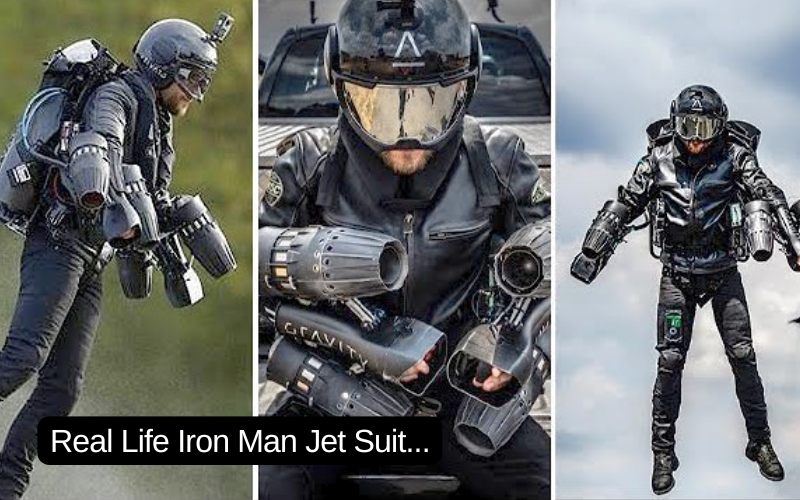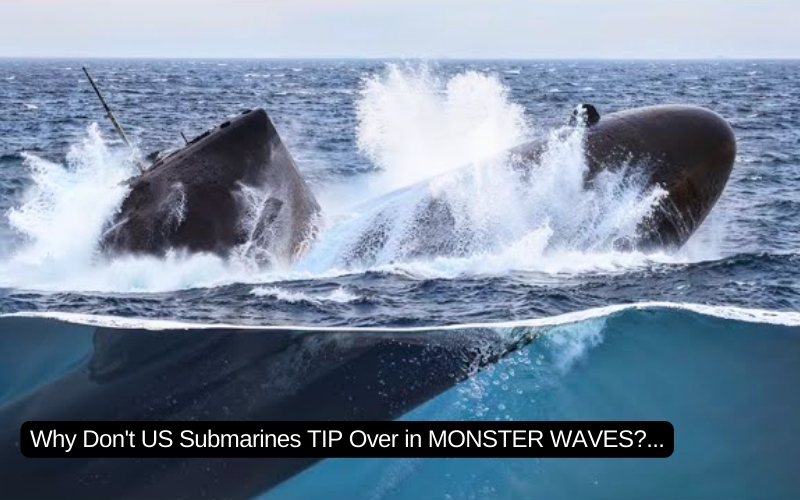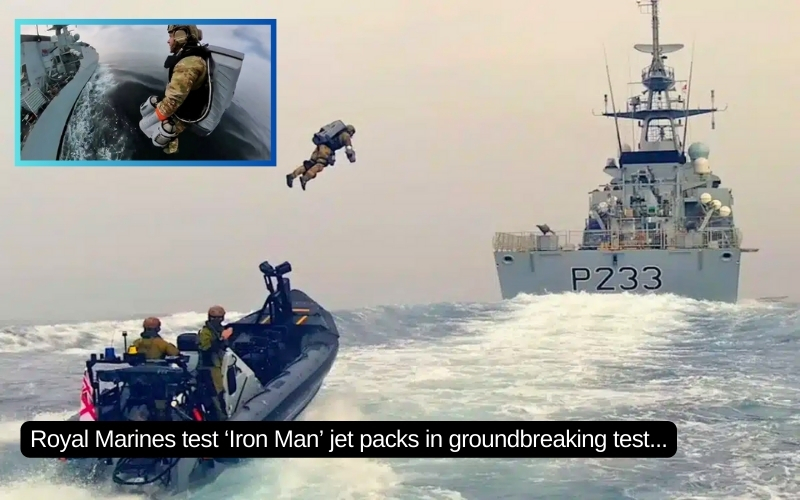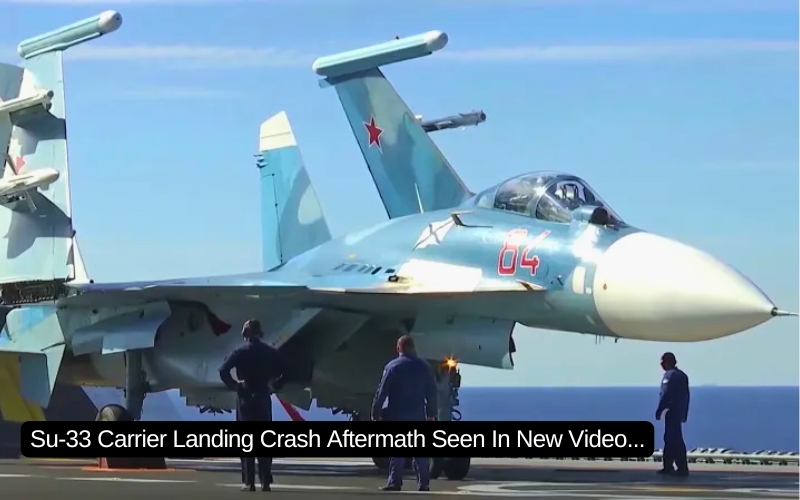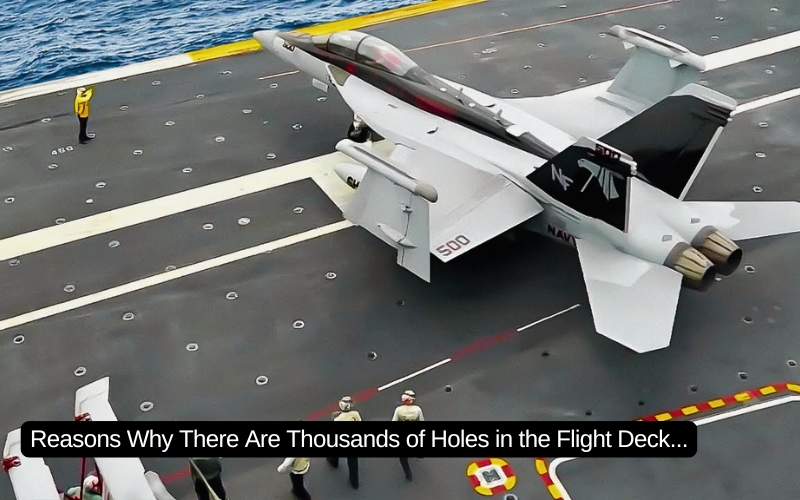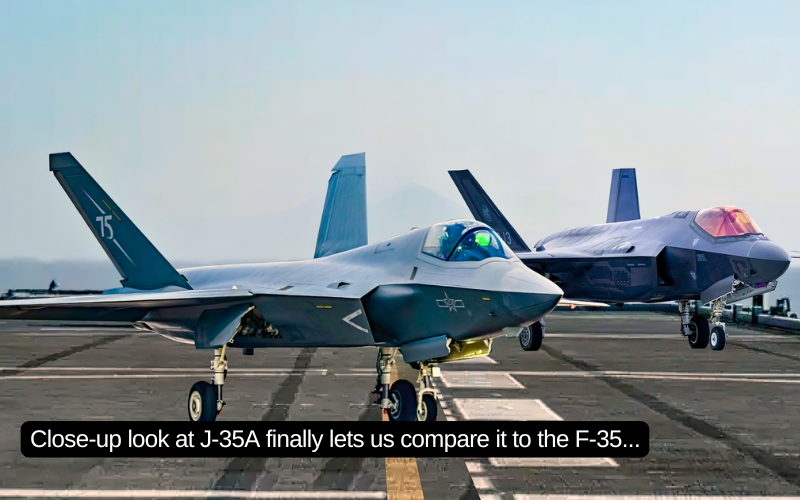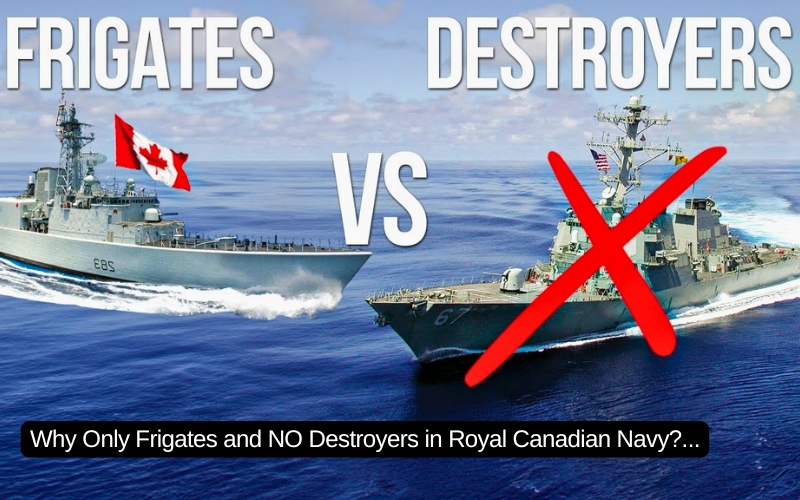The Bell AH-1 Cobra was a two-place, single-engine attack helicopter capable of land or sea-based operations during day, night or adverse weather conditions. The rear-seat pilot was primarily responsible for maneuvering the aircraft. The front pilot controlled the aircraft’s weapons systems but also had a full set of aircraft controls. The primary missions of the Cobra are Close Air Support (CAS), escort of transport helicopters and ground convoys, armed reconnaissance, helicopter air-to-air attack, anti-shipping operations, and coordination and terminal control of fixed wing CAS, artillery, mortars and naval gunfire. It is the only western attack helicopter with a proven air-to-air and anti-radar missile capability. Typical weapons carried on the AH-1 included a turret with two 7.62mm “Miniguns,” or one 7.62mm “Minigun” and one M129 40mm grenade launcher. On the four hardpoints, it could carry eight tube-launched, optically-tracked, wire-guided (TOW) anti-tank missiles, and/or 38 2.75-inch rockets.


The Cobra traces its lineage from the UH-1 Iroquois (also known as the Huey) and was originally developed for the U. S. Army in the mid-sixties. The original Cobra retained the Huey’s engine, transmission and other major parts, but replaced the Huey’s bulky fuselage with a thin-profile body and tandem seating. The first AH-1 Cobra took flight on September 7, 1965, and went into production soon after. The Cobra was used by the Army throughout the Vietnam War to provide air support for the ground troops and to escort the transport helicopters. The AH-1 was also paired with the OH-6A Cayuse scout helicopter in what became known as a “hunter-killer” team. The OH-6A would fly in slow and low to detect enemy forces. If they were fired upon, the Cobra could then hone in and fire on enemy forces. Out of nearly 1,110 AH-1s delivered from 1967 to 1973, approximately 300 were lost to combat and accidents during the Vietnam war. The Marine Corps adopted a twin-engine variant of the airframe in 1970 to perform troop helicopter escort and provide autonomous tank-killing capability. This model is known as the Super Cobra. Through the years, the Cobra family has gone through extensive modernization. Today’s Marine Corps AH-1W Super Cobra boasts an advanced Night Targeting System (NTS) and a full suite of survivability equipment. The U. S. Marine Corps continues to operate a variant of the AH-1 Cobra – the AH-1 W Super Cobra and the AH-1Z Viper. The U. S. Army officially retired their AH-1 Cobra from active service in March 1999 and from the reserve forces in September 2001. The Army has replaced the Cobra with the AH-64 Apache. Aviation Challenge’s Cobra was built from parts of several Army helicopters and therefore has no specific lineage. Nevertheless, in May 2019, the North Alabama Chapter of the Vietnam Helicopter Pilot Association painted our Cobra in the traditional livery of Army Cavalry with Crossed Swords while the Shark Teeth honor the Flying Tigers of World War II. The tail number was selected to honor, Bob Monette, a VHPA Hall of Honor member.




